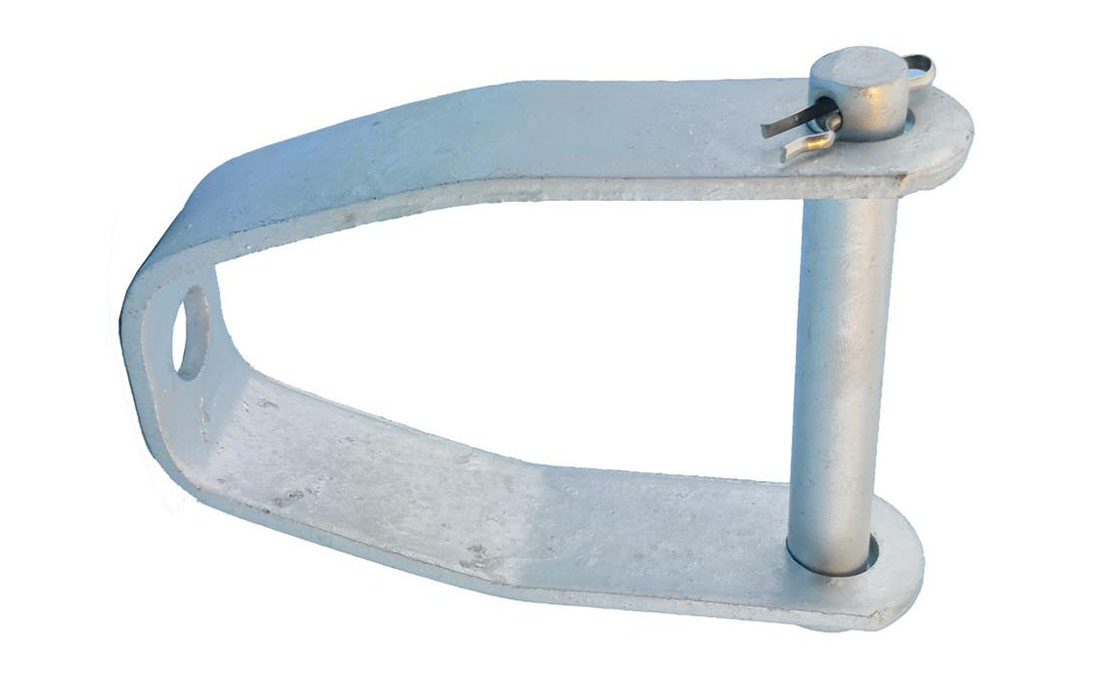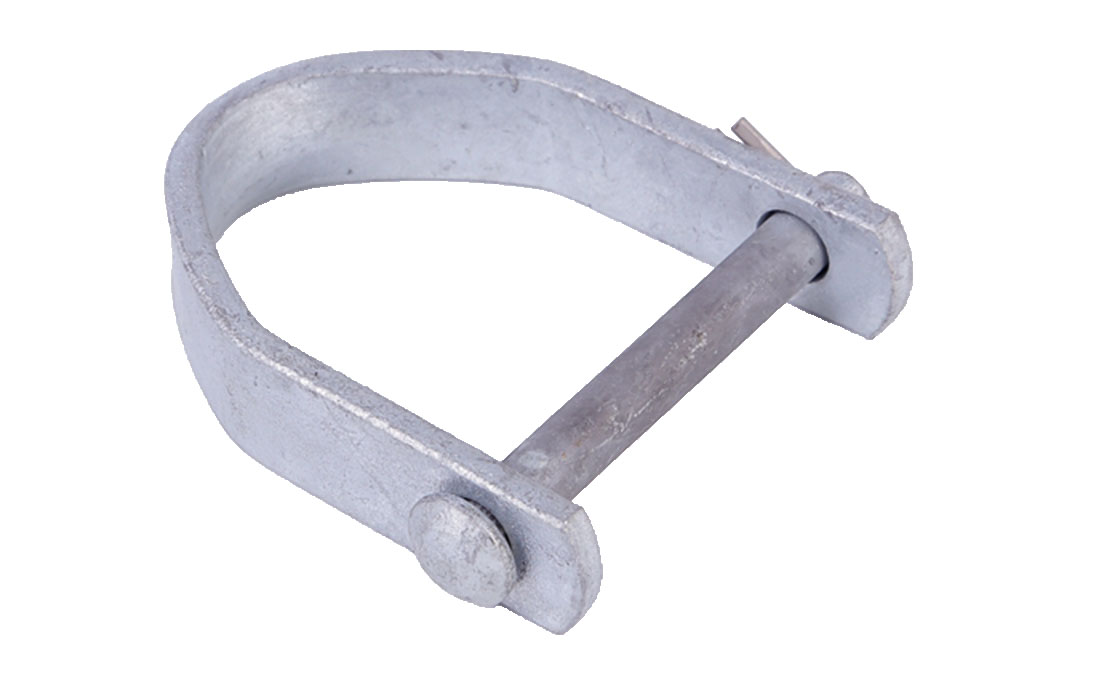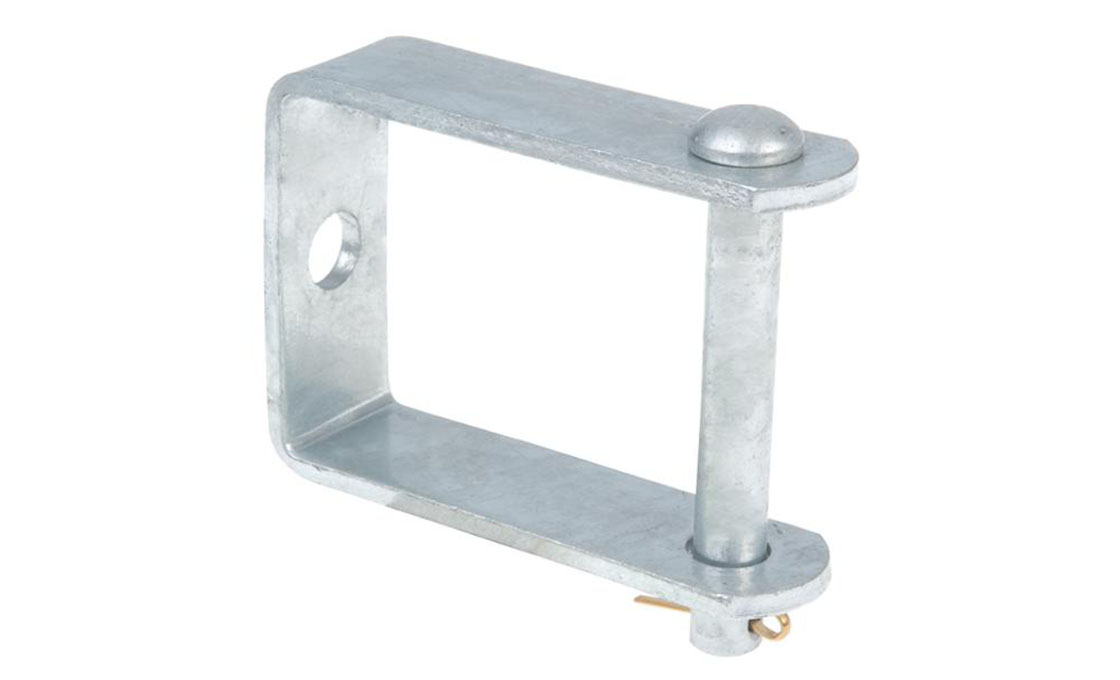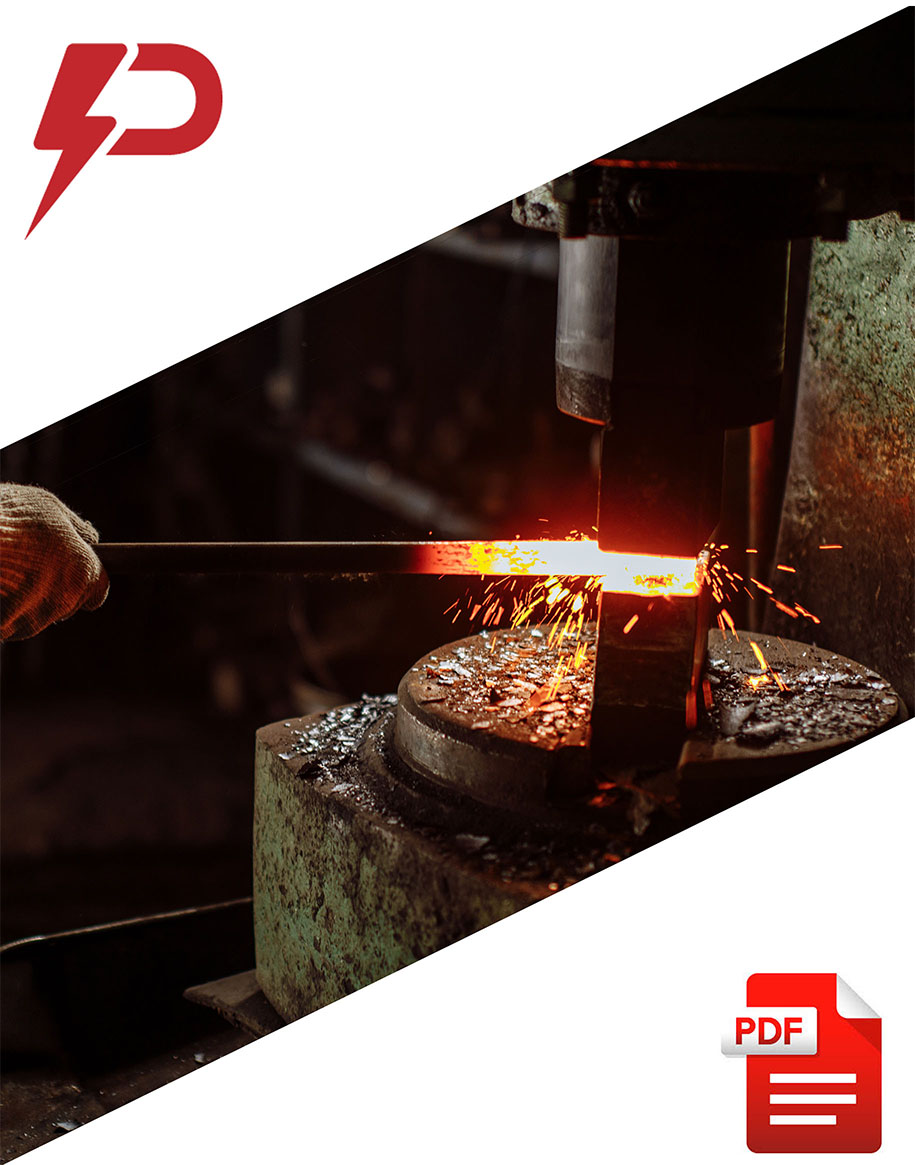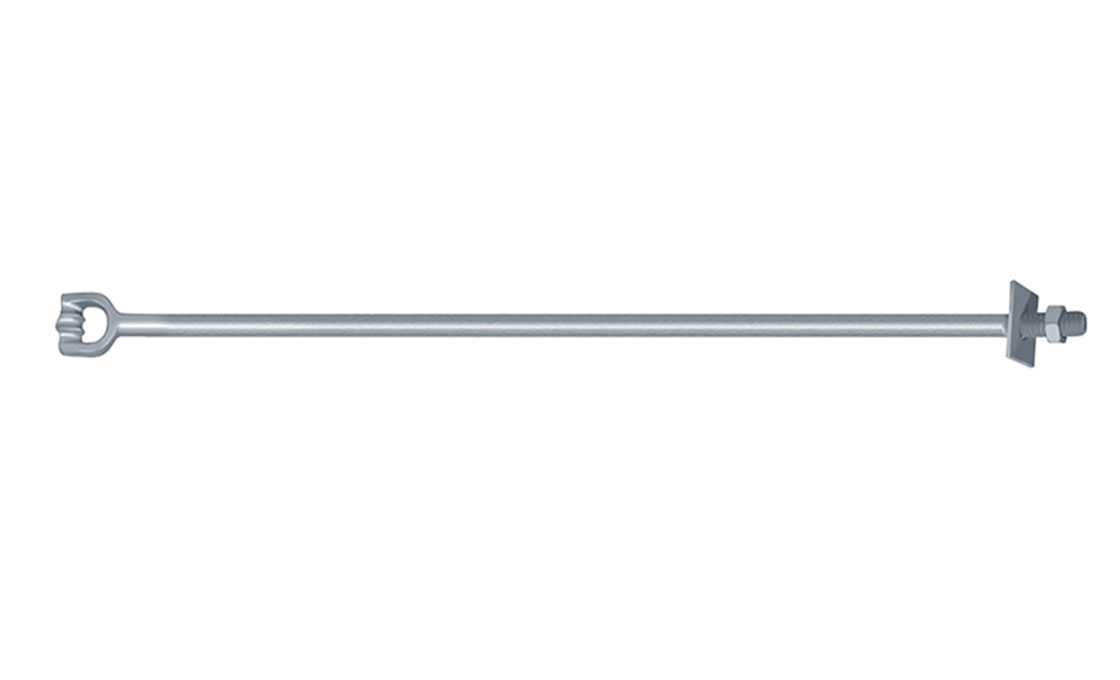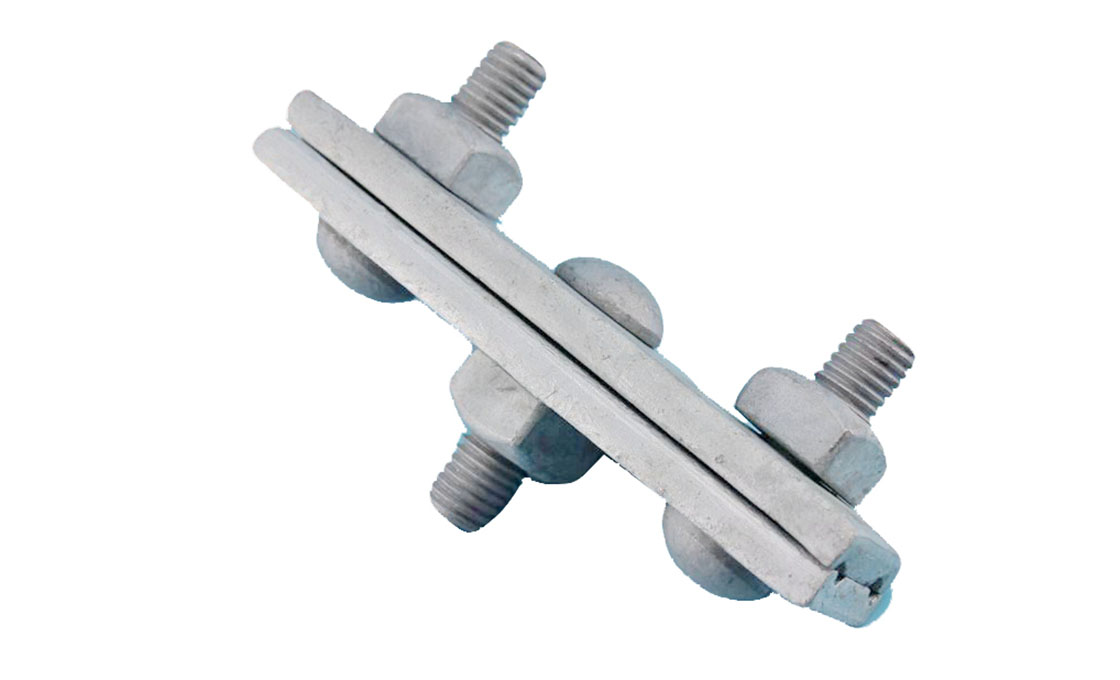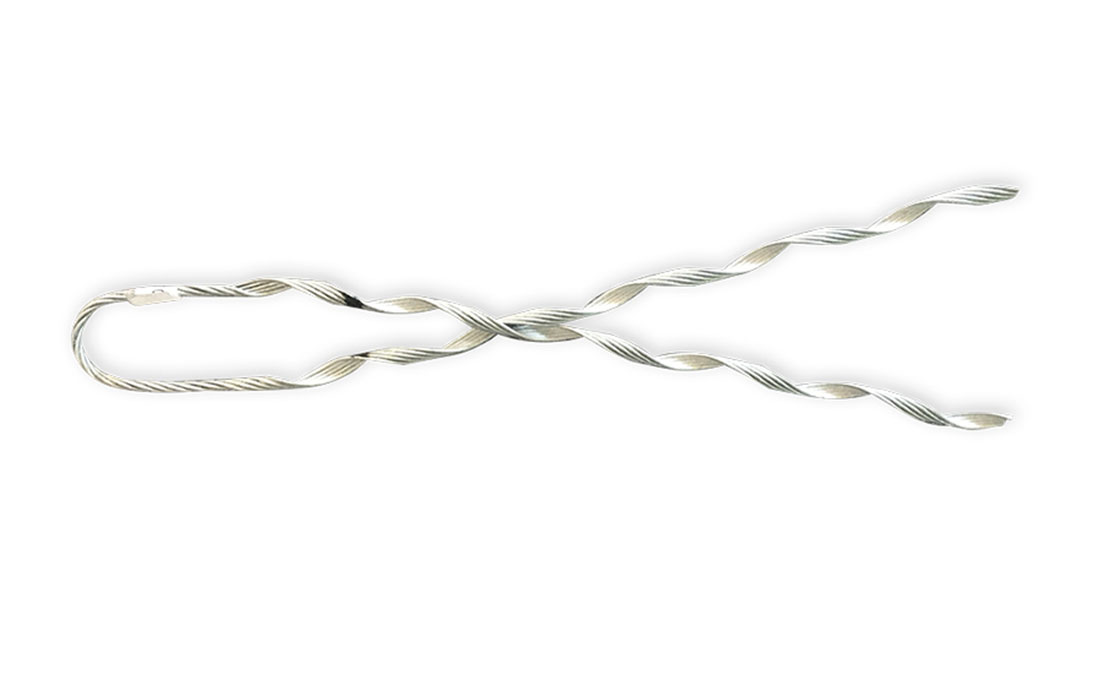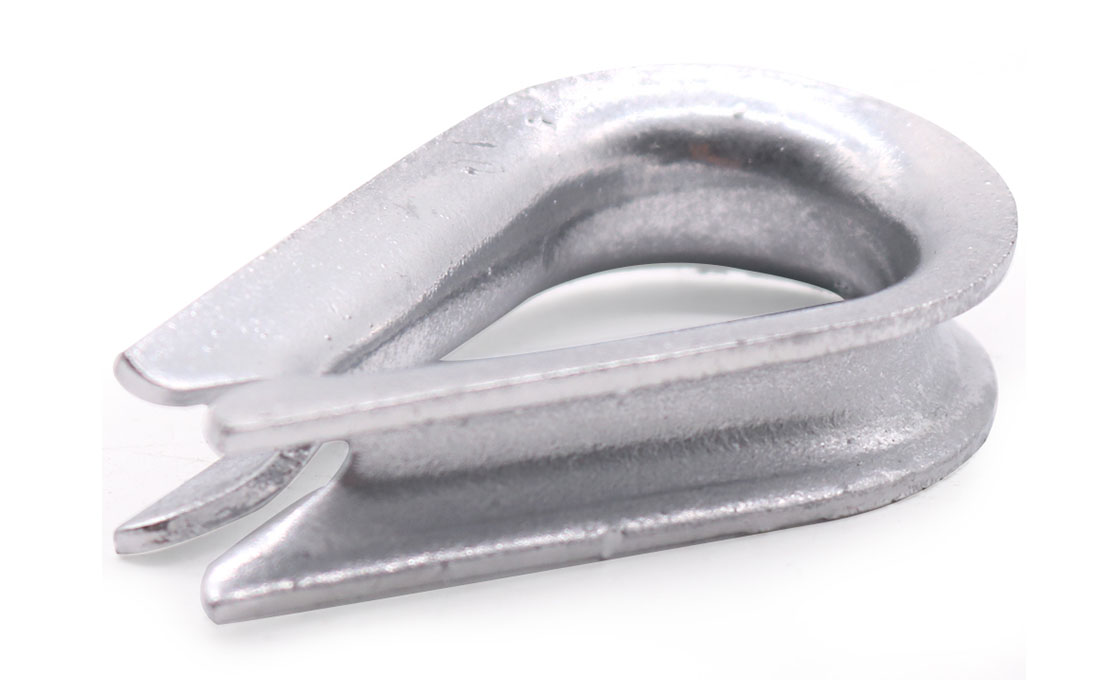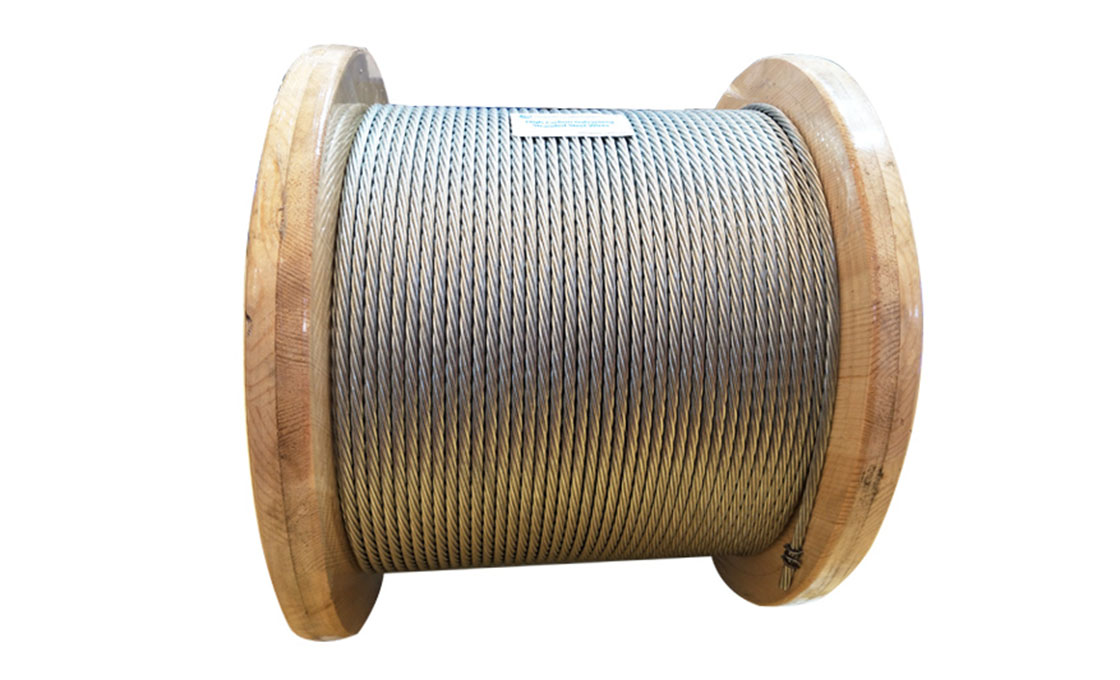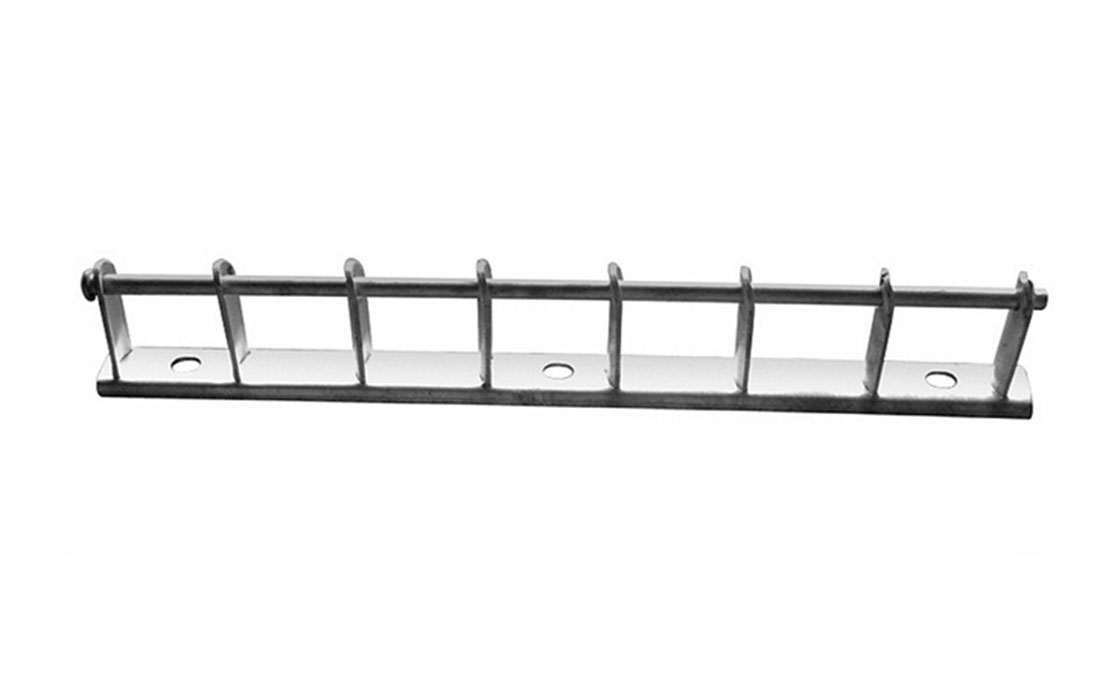Secondary Clevis
The secondary clevis comes with strict quality control and is punched with clevis pin and flat steel that strings the pool insulator. The secondary clevis, also known as the dead end clevis, is a D shaped iron D bracket. The electrical clevis has the main purpose for low voltage dead end or an overhead line.
Most often, the dead end clevis is used for connecting the spool insulator on the pole. This way, the spool insulator becomes able to support and insulate the conductors. The secondary clevis structure comes in many designs.
Moreover, the clevis pin is designed in such a way to bear the shearing forces and the belts are made for handling tension forces. The high tensile strength with a hot-dip galvanized finish ensures the maximum quality of the secondary clevis. All measurements of the stud bolt are according to the ASME B16.5 standards.
With ample experience in the industry, our engineers and professionals have developed the expertise that puts us ahead of everyone else in the market. The right material with quality finish and execution makes it functional as well as long-lasting and reliable with the aim to deliver nothing but the best.

| SECONDARY SWINGING CLEVIS | |||||||
| Stock No. | Dimension (mm) | Approximate Shipping Weight kg./100Pcs. | Standard Pkg. Qty./Carton | ||||
| A | B | C | D | E | |||
| F0215 | 126 | 16 | 38 | 88 | 4.5 | 60.00 | 50 |
| SERVICE SWINGING CLEVIS | |||||||
| Stock No. | Dimension (mm) | Approximate Shipping Weight kg./100Pcs. | Standard Pkg. Qty./Carton | ||||
| A | B | C | D | E | |||
| F0216 | 68 | 9.5 | 19 | 60 | 4.5 | 17.00 | 200 |
Secondary Clevis for Utility Pole-The Complete Guide
Among the many overhead pole line accessories that you must buy, one of them is a secondary clevis. It has various critical roles that it plays on any pole line or transmission line as many prefer to call it.
Are you planning to buy secondary clevis in China? Whether the clevis will be used on your pole line project or you want to buy bulk secondary clevis for sale, it is important to ensure that you choose the best.
Read on as I guide you on how to find premium secondary clevis.
What is a Secondary Clevis for utility poles?
A secondary clevis is a D-shaped pole line accessory onto which you can connect other components of the transmission line. The clevis has a pin that passes through the holes that are at its very end.
The pin is usually supported to its respective position by a clevis bolt.
This is why a clevis is always referred to as a connector as it connects many other components on a pole line.
Secondary clevis is also referred to as dead-end clevis or you can simply call it a dead end bracket.
What are the uses of Secondary Clevis?
When planning to buy secondary clevis, there is a likelihood that you already have something in your mind. For someone who is not fully aware of the uses, it is our duty to help you know.
Since clevises are mainly used as a connector, we shouldn’t have different expectations when it comes to a secondary clevis. Some of its uses include;
Connecting to a spool insulator:
A spool insulator on a pole line is used for insulating and supporting the secondary conductors. An how is this insulator attached to the pole? This is the work of a secondary clevis.
Balancing strains:
A secondary clevis that has large eye nuts can play an important role in balancing the strain on the conductor especially at the corners. This helps to ensure that the conductor does not snap or break in specific areas.
Stringing the conductors:
An overhanging conductor on a pole line can be a safety risk. A secondary clevis can minimize this by acting as a stringing pulley hence providing a point of attachment for the conductor.
Minimizing turning resistance:
Apart from acting as a point of attachment, the secondary clevis cuts out the turning resistance of a conductor. This is possible mainly because of its raised design.
Types of Secondary Clevis
Secondary clevis for pole line come in different designs and styles. The differences ensure that they suit perfectly in their specific areas of application.
Types of clevis include:
1. Deadend Secondary Clevis
This type of secondary clevis has slotted holes that allow easy installation without causing any disruption to the insulator.
2. Swinging Secondary Clevis
The swinging secondary clevis is usually used with an angle bracket. This type of secondary clevis helps to minimize strain at the corners thanks to its flexible mounting mechanism.
The clevis can be installed on the electrical cross arm to provide insulation on the dead-end assembly.
3. Extension bracket with clevis
Majorly used in rural applications where it is possible to achieve desired spacing with on the secondary clamps.
4. Clevis type Wire holder
The wire holder secondary clevis clamp is mainly used with specific spool insulators.
The clevis attaches the insulators on pole lines where triplex-type cables are used.
Components of a Secondary Clevis
Different types of secondary clevises, the components of some differences.
1. Clevis
The clevis is the main body of a secondary clevis, there are different of sharps. The most common are D and U sharps. The clevis tends to assume a D-shape, so the is also secondary clevis is also called D Iron clevis.
2. Clevis Pin
Clevis pin is used to string a spool insulator and prevent the insulator and the clevis from moving relative to each other. The pin can either be threaded or unthreaded.
3. Cotton Key
The cotter pin is used to secure a clevis pin in place.
4. Angle Bracket
The angle bracket is only used with the swinging secondary clevis, and fix the clevis to the pole line.
Specifications for Secondary Clevis
If you are intending to buy a secondary clevis fastener that will not fail you, it is important that you focus on its specifications. They give details of what you should expect from pole line fitting.
Here are some of the physical and technical specifications of secondary clevis that you should know:
Secondary clevis material
A secondary clevis is expected to be strong and rigid enough so that it can sustain the strain from the spool insulator. This requires that the material should be strong enough.
Steel is the main material that is used for manufacturing the clevis for the pole line. It is chosen due to its high tensile strength.
Steel is further hot-dip galvanized so that it can have protection against corrosion and abrasion.
Secondary clevis dimension
The dimensions dictate the size of the secondary clevis. They are usually denoted in inches.
Secondary D iron brackets come in different dimensions. Before you choose any single clevis, see if its dimensions match with your pole line requirements.
Some of the key dimensional aspects that demand your full attention include the size of the clevis bolt, clevis pin size, and the hole size.
You should also consider the diameter of the mounting hole.
Secondary clevis fastener
When buying a secondary clevis for pole line, you should check if it comes as a whole package of the fastener.
This package comprises a clevis, clevis pin, and a tang.
The three components are connected when installed onto a pole line.
Secondary clevis finishing
Since a secondary clevis will be exposed to all vagaries of nature, it should have a protective finishing.
The most ideal finishing is a galvanized coating. It protects the clevis from rust, excess heat, and other elements that can have negative effects on the clevis
Secondary Clevis Manufacturer in China
After equipping yourself with all the necessary knowledge about secondary clevis, what next?
Your next move should be finding a reliable secondary clevis manufacturer in China. This is the surest way of ensuring that you get a utility clevis that will meet your ultimate pole line needs.
Before you choose a manufacturer, start by confirming the price of the secondary clevis. Find out if the price includes the secondary clevis accessories for installation.
You can then read several secondary clevis reviews to see what other people think of the dead-end clevis from a particular manufacturer.
It is for this reason that we at Powertelcom are dedicated to designing and manufacturing quality secondary clevis fitting for the transmission line. The company is rated among the most reputable secondary clevis manufacturers in China
We have years of experience in this industry and our established client base speaks for itself. Our manufacturing capacity ensures that we develop all the types of secondary clevis for the pole line.
Are you planning to buy secondary clevis in China? Contact us and we will deliver high strength clevis pins for the pole line.
Frequently asked questions (FAQ)
What is a Secondary Clevis?
A secondary clevis is a D-shaped pole line accessory used for connecting the spool insulator onto the utility pole.
Types of Secondary Clevis
- Insulated Secondary Clevis
- Swinging Clevis Bracket
- Extension bracket with clevis
- Wire Holder Clevis
Components of a Secondary Clevis
Different types of secondary clevises, the components of some differences.
- Clevis
- Clevis Pin
- Cotton Key
- Angle Bracket
